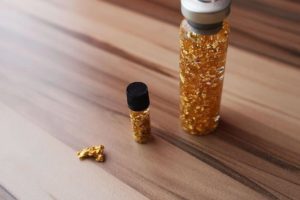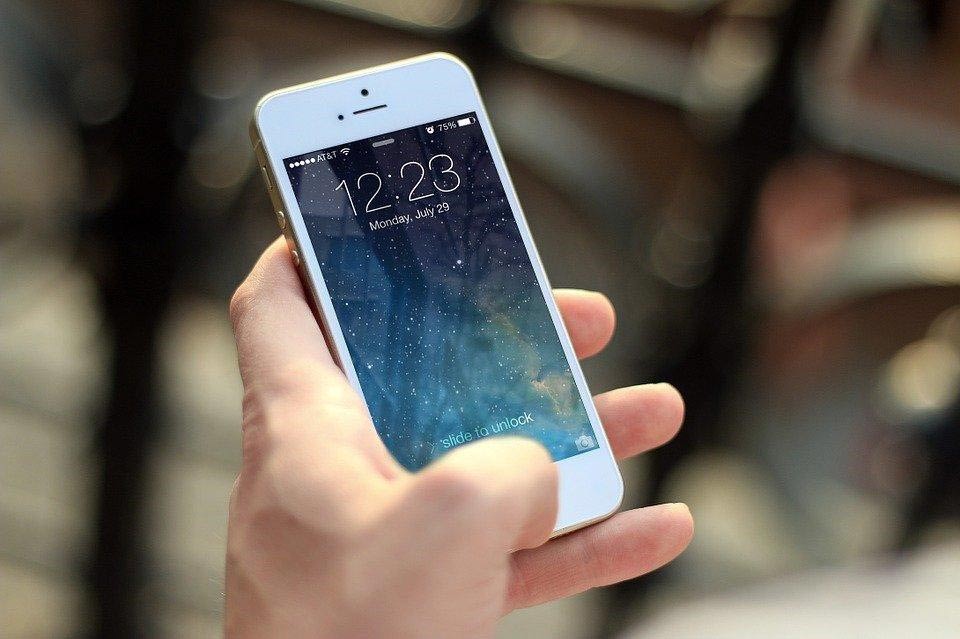This might sound like a crazy question, but do you know just how precious your iPhone is? The truth may surprise you because while it may be your constant companion, your iPhone is also much more valuable than you think in terms of what it’s made of. In fact, you are holding a virtual periodic table of elements, including many rare ones.
We have all come to rely on our smartphones to check social media on sites like Snapchat, shop for almost anything on sites like Amazon, and even have a flutter on our favourite teams on sites like Unibet Pennsylvania. We love their bright, colourful screens and we depend on their handy features like the silent mode and high-quality selfie cameras. Yet the elements needed to create these are in short supply, and several of them could run out altogether quite soon.

Breaking it down
Take a closer look inside your iPhone and you’ll find no less than 70 of the 83 stable elements, including 16 out of 17 rare earth metals. Your typical iPhone contains 25g of aluminum, 15g of copper, 0.34g of silver, and even 0.034g of gold.
This might not seem all that significant, but the numbers soon add up. With 10 million smartphones thrown away in Europe alone every month, we’re unknowingly getting rid of 340kg of gold alone, worth $19m (£15m). It’s estimated that a ton of smartphones would yield 300 times as much gold as a ton of gold ore.
Irreplaceable elements in your smartphone
Despite their rarity and value, all these elements are vital to smartphone production. A study by Yale University found that there were no replacements for any of the iPhone elements that would be rated ‘just as good’, and twelve of the elements had no replacement at all.
This includes neodymium and dysprosium, which are necessary for the vibration function, and indium, which is a key component of touch screens. Many of the elements that are being used up in smartphone production also play a vital role in medical technology, such as lifesaving pacemakers. In just a few short decades, we could run out of these components, putting lives at risk just so we can turn off the ringer on our phones.
Recycling is the way to go
With a business model based around regular, often annual upgrades, it is unlikely that smartphone sales will drop any time soon. So the only solution would seem to be recycling. Unfortunately, this simply isn’t happening on a large enough scale to make a difference.
The Royal Society of Chemistry estimates that in the UK alone, there are around 40 million gadgets stuffed in cupboards and drawers, including millions of old smartphones. Extend that worldwide and it’s easy to see the problem, as tons and tons of precious elements are cast aside, requiring new ones to be mined and limited reserves to be depleted further.
So next time you come to upgrade your phone, think about what happens to your old one. If you are clinging on to it out of sentiment or keeping it as a spare, you could be putting the whole system at risk. If we don’t start treating our old devices as the precious resources they are, we may not be able to get the new devices we crave for very much longer.


